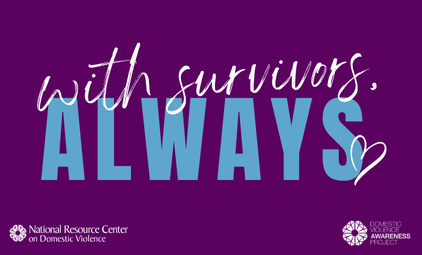The report analyses initial results gathered in 1988 and data gathered again from the same individuals in 1994. It has sections on brief issues and findings, key findings, the study design including their definitions of physical abuse and sexual abuse, and study findings, conclusions and implications. Study findings are detailed by gender, age, race, type of arrest, type of abuse, and juvenile record. The report also highlighted the impact of out-of-home placements and early detection and intervention in child abuse situations.
The report finds that childhood victimization is a widespread, serious social problem and it increases the likelihood that an individual might commit violent offenses when older. The study found that children who suffer from neglect (excluding physical abuse) are also at increased risk of becoming violent as an adult.
Key findings reported on page 2 include:
- Being abused or neglected as a child increased the likelihood of arrest as a juvenile by 59%, as an adult by 28%, and for a violent crime by 30%.
- Maltreated children were younger at the time of their first arrest, committed nearly twice as many offenses, and were arrested more frequently.
- Physically abused and neglected (versus sexually abused) children were the most likely to be arrested later for a violent crime.
- In contrast to earlier research findings, the new results indicate that abused and neglected females were also at increased risk of arrest for violence as juveniles and adults.
- White abused and neglected children were no more likely to be arrested for a violent crime than their nonabused and nonneglected white counterparts. In contrast, black abused and neglected children in this sample showed significantly increased rates of violent arrests compared with black children who were not maltreated.
- An out-of-home placement was not related to the number of arrests among those who were removed from their homes due only to abuse and neglect.














